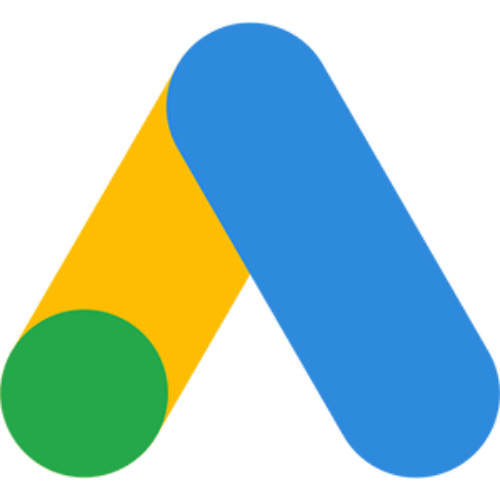A ROAS report should include visibility metrics such as impressions and reach, engagement metrics like clicks and likes, and conversion metrics including purchases and leads. Segmenting the data by campaign, channel, audience, content, objective, and date would provide insights on which factors contribute to the performance. For example, a campaign’s conversion rates can vary by channel, and certain content might attract more engagement from specific audiences.
To analyze ROAS data, first, choose metrics like visibility (impressions, reach), engagement (click-through rate, bounce rate), and conversion (conversion rate, cost per conversion). Break them down by visibility metrics for campaigns with high impressions or reach, engagement metrics for channels with high click-through rates, and conversion metrics for content with a low cost per conversion. Second, compare metrics vs cost, date range, goals, rates, and industry benchmarks. For example, analyze conversion rates for a specific campaign compared to the cost of running it. Third, segment the data by campaign type, channel, audience, content, objective, and date to identify trends. For instance, analyze conversion rates based on different audience segments or compare engagement metrics for different content types. Remember to provide contextual examples relevant to the topic.
To build a ROAS dashboard, 1) connect your data and accounts such as Google Ads, Facebook Ads, and Google Analytics. 2) Select the metrics to monitor performance, for example, revenue, ad spend, and ROAS. 3) Segment or break down data by campaign, channel, audience, product, customer content, objective, date. For instance, you can segment by Facebook Ads campaign, product category, or monthly date range. 4) Add filters or buttons to make your report interactive, like a filter for specific date ranges or a button to switch between different campaigns. 5) Share your dashboard via PDF, scheduled emails, or links.
A ROAS (Return on Ad Spend) dashboard is a visual tool that tracks and displays the effectiveness of advertising campaigns in terms of revenue generated per dollar spent. It is significant for businesses as it helps them optimize their ad spend, identify profitable campaigns, and make data-driven marketing decisions. Tools like Looker Studio are commonly used to create these dashboards, which typically include key elements like total ad spend, total revenue, and ROAS metrics. Real-time data monitoring is crucial as it allows businesses to react quickly to changes and improve their strategies. For learning how to create a ROAS dashboard using Looker Studio, check out our YouTube channel: https://www.youtube.com/@porter.metrics.
Yes, Looker Studio allows you to download your report as a PDF. To do it, follow these steps:
Before downloading your report choose the date range you want to visualize on your report.
Click on the “File” menu at the top left corner of the screen.
Select “Download as” from the drop-down menu and choose “PDF.”
You can choose which pages you want to download, and also you can add a password to protect the report and add a link back to the online report.
Click on “Download” to save the report on your device.


 Google Ads
Google Ads LinkedIn Ads
LinkedIn Ads Facebook Ads
Facebook Ads TikTok Ads
TikTok Ads Impressions
Impressions Engagements
Engagements